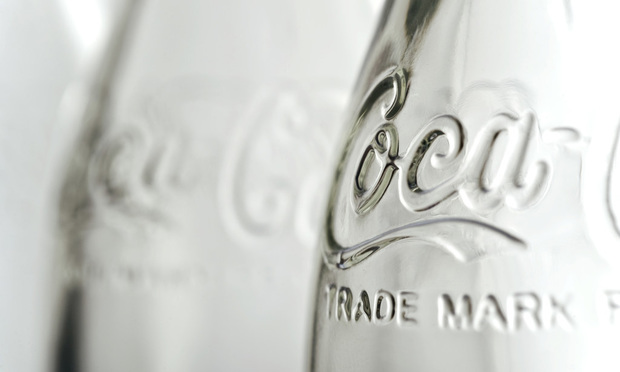When thinking about intellectual property (IP), most people likely think about patents, trademarks and copyrights. In the most simplistic terms: patents protect novel and non-obvious inventions; trademarks protect a business’ brand names and logos; and copyrights protect tangible, fixed works of creative expression. Trade secrets are also increasingly being recognized as the fourth main pillar of IP and can run the gamut from things like customer lists and pricing, to inventions that may or may not be patentable. Every business has some or all of these forms of IP, but what about lesser known forms of IP such as “trade dress”? Trade dress is a kind of trademark that protects the overall look and design of products and packaging. Many (if not most) product companies and retail establishments have protectable trade dress, although not all companies recognize that they have it (and therefore don’t protect it!).
However, some companies choose to rely heavily on trade dress to protect their businesses. For example, Sugarfina, a candy company targeting adult consumers, created unique bento-box style packaging as part of their branding. In the past few years, Sugarfina has filed suits against multiple competitors for infringing on their trade dress, one of which resulted in a recent $2 million settlement paid out by Sweet Pete, another candy company. Trade dress is also one of the forms of IP most heavily relied upon by franchisers such as chain restaurants or hotels. Often what comes to mind when you think about franchises are the trademarks and logos but other characteristics such as the retail establishment design and the workers’ uniforms are associated with the business as well (i.e., trade dress).


 Photo by Aleksandar Andjic
Photo by Aleksandar Andjic




